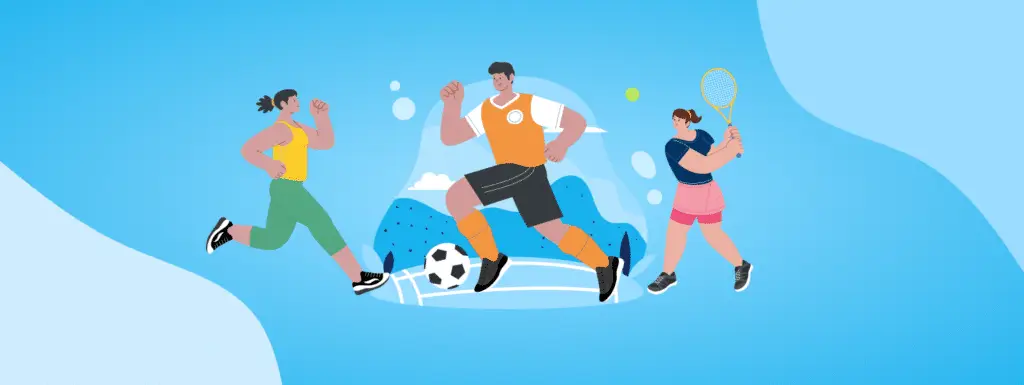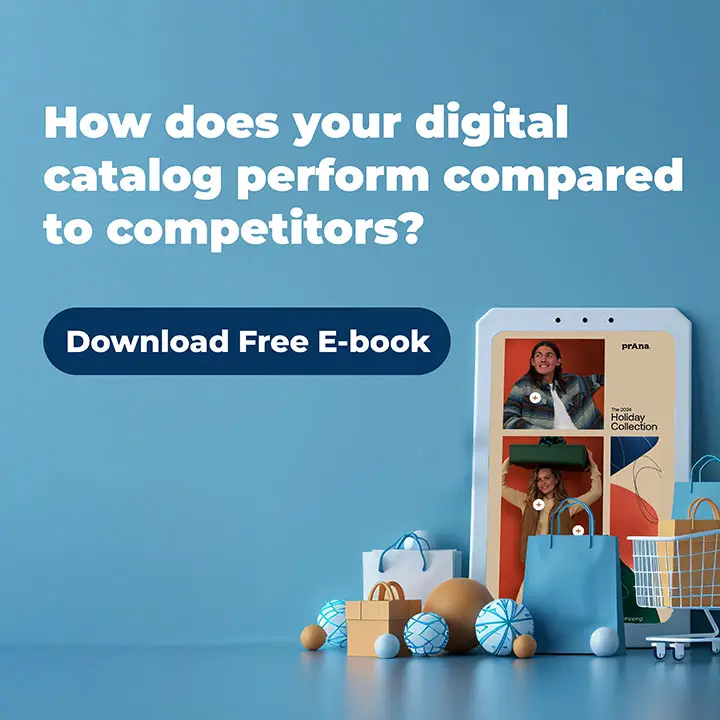Major sporting events like the Olympics, Euros, and Wimbledon aren’t just significant for sports enthusiasts; they also provide a lucrative opportunity for retailers and brands. According to Mastercard Services, a very relatable example of increased revenue was from a convenience store that saw an uptick in sales of 2% after running a campaign that offered a discount for purchasing large meal bundles during a significant sporting event.

Source: Mastercard Services
2% may seem small, but this can positively impact the quarterly bottom line. This example shows that you don’t have to spend billions like Adidas or Nike to increase sales during a sporting event. Let’s explore a few more practical and implementable examples.
Elevating sales through themed promotions
One of the most effective strategies for capitalizing on these events is through themed promotions. The perfect example is the passion for strawberries and cream during Wimbledon. According to Popcorn Shed, every year, over 38.4 tonnes of strawberries and over 7,000 liters of cream are consumed at the tournament — this shows how much demand there is for the famous tournament treat.
As a food retailer, this is the perfect opportunity to create themed bundles that include strawberries and cream, Pimms, sausage rolls, and other items that can make the perfect Wimbledon watch party.
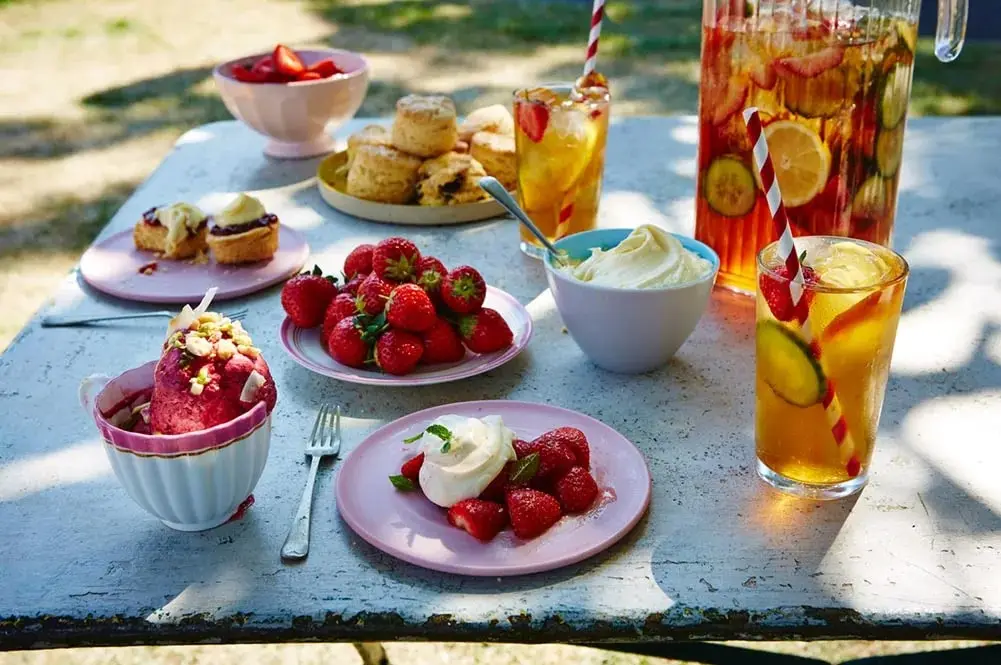
Source: Jamie Oliver
Retailers can also create a sense of urgency and excitement by offering limited-time discounts and special offers tied to sporting events.
Leveraging social media and digital engagement during sporting events
Social media plays a pivotal role in amplifying the impact of sporting events on sales. It is the best platform to connect personally and directly with users while enabling engagement. Brands can engage with fans by joining conversations, sharing event-related content, and promoting special offers through platforms like Instagram, Twitter, and Facebook.
McLaren shared a unique behind-the-scenes experience via influencers last year. They provided creators unrestricted access to the event, including before, during, and after. They chose influencers from various fields, such as comedy, health and beauty, and fashion, even if these creators hadn’t previously featured F1 content on their platforms.
This led to a wide variety of content, from its_laurensarah expressing her newfound love for the sport during a garage tour to lukevernon bringing humor and engaging with emerging drivers like Lando Norris (and even getting an entire hall to join in chants). Interestingly, there was relatively little focus on the cars themselves or the races on the track.
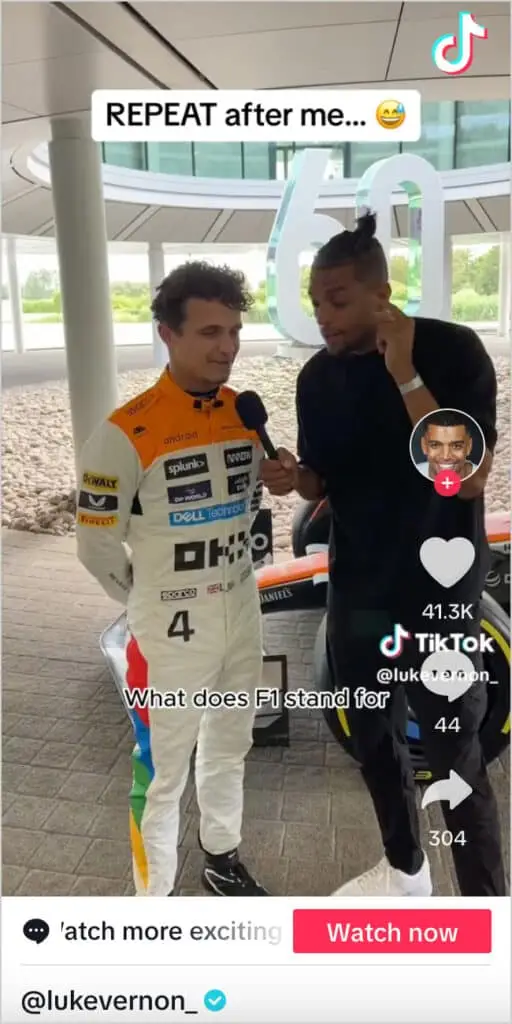
Source: Lukevernon TikTok
This strategy not only increases brand visibility but also helps in building a community around the brand. A study highlighted in the Retail Gazette revealed that during major sporting events, engagement rates on social media platforms can increase by up to 30%, particularly among younger demographics (18-24 age group), who are more likely to increase spending during these times.
Sporting event sponsorships and brand partnerships
Sponsorships and partnerships with sports teams, events, or athletes can provide significant exposure for brands. According to Papirfly, consumers are 78% more likely to be aware of brands that sponsor sporting events. This strategy increases brand recognition and associates the brand with positive emotions and national pride often experienced during sporting events. For instance, during the 2012 London Olympics, Adidas reported a 15% increase in sales in the UK market, primarily attributed to their sponsorship and extensive marketing campaigns, as reported by Sports Business Journal. Adidas has since started sponsoring alternative sports, such as Fortnite, by signing an apparel deal with streamer Ninja, which helps it diversify its brand coverage.
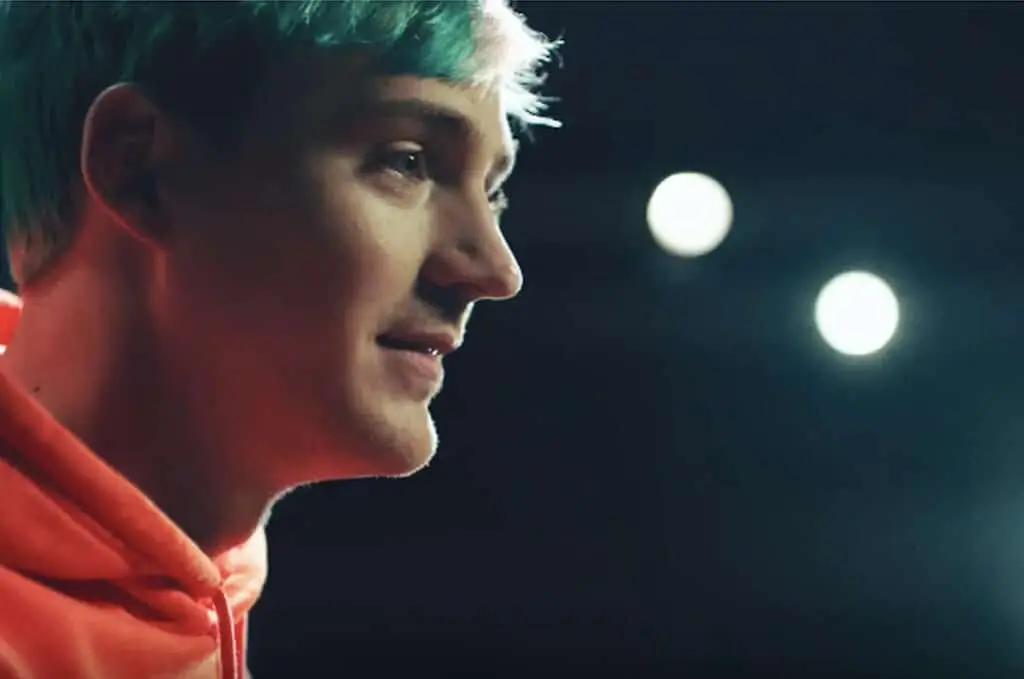
Source: The Verge
However, these partnerships must align authentically with the brand’s identity and the expectations of its target audience. Consumers quickly spot inauthentic endorsements, which can damage a brand’s reputation. Therefore, brands should create genuine, engaging experiences that resonate with sports fans.
Sponsorships don’t need to be on the scale of an Adidas-level investment. Supporting a local football team, a school netball tournament, or a local sports hero can significantly boost your brand’s visibility. By focusing on community-level sponsorships, your brand can gain the support of local customers, making these sponsorships a highly effective strategy for increasing brand awareness.
Sporting events are a great sales opportunity
Major sporting events offer a unique opportunity for retailers and brands to boost sales and enhance customer engagement. By leveraging themed promotions, social media, personalized offers, and strategic partnerships, brands can effectively tap into the heightened consumer interest and spending associated with these events. As retailers continue to innovate and adapt to the dynamic landscape of consumer behavior, the importance of integrating sports into marketing strategies cannot be overstated. Whether online or in-store, the key is to create an experience that resonates with the excitement and passion of the sporting world.

